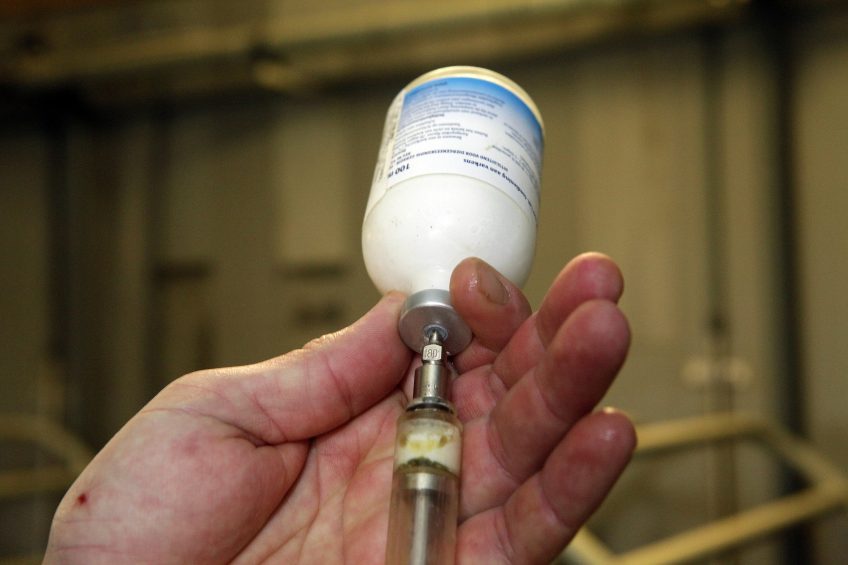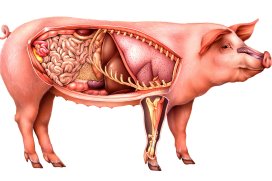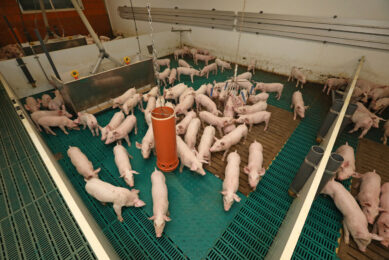Alternatives to antibiotics costing money? Think again

When searching for alternatives for antibiotics usage, swine producers should look beyond costs. An international consortium of researchers has emphasised opportunities like sustained productivity and improved animal health in a scientific publication.
In the article, which recently appeared in Preventive Veterinary Medicine, the researchers, from a range of countries like Belgium, Sweden, Denmark, Germany, France and Switzerland, aimed to shed some light on feasibility, effectiveness and return of investment of some methods pig producers can apply to reduce the amount of antibiotics on-farm.
Comparing antimicrobial usage and reduction
A few months ago, Pig Progress reported how European pig health researchers had managed to compare antimicrobial usage in 4 different countries by applying similar calculating methods. Until then, each country applied its own method, making comparisons about antimicrobial usage or reduction fairly difficult.
The objective of the current study was to assess, across these 4 countries, i.e. Belgium, France, Sweden and Germany, the technical and economic impact of herd-specific interventions aiming at reducing antimicrobial usage in pig production while implementing alternative measures.
Intervention study in 70 pig farms
In the article, the researchers wrote how an intervention study was conducted between February 2014 and August 2015 in 70 farrow-to-finish pig farms located in these 4 countries. Herd-specific interventions were defined together with the farmer and the herd vet. All farms were followed over 1 year and their antimicrobial usage and technical performance were compared with values from the year before intervention.
The researchers wrote how compliance with the intervention plan was also monitored. Changes in margin over feed cost and net farm profit were estimated in a subset of 33 Belgian and French farms with sufficient data.
Substantial reduction in antimicrobial use
Following interventions, a substantial reduction in antimicrobial use was achieved without negative impact on the overall farm technical performance, the research team reported. A median reduction of 47.0% of antimicrobial usage was achieved across 4 countries when expressed in terms of treatment incidence from birth to slaughter, corresponding to a 30.5% median reduction of antimicrobial expenditures.
Farm compliance with intervention plans was high and farms with higher compliance tended to achieve bigger reduction, the researchers wrote. No association was found between achieved reduction and type or number of alternative measures implemented. Mortality in suckling piglets, weaners and finishers, daily weight gain and Feed Conversion Ratio (FCR) did not significantly change over the course of the study, while the number of weaned piglets per sow per year slightly increased.
Change in Feed Conversion Ratio
The scientists have reported that the median change in net farm profit among Belgian and French farms was estimated to be €4.46 and €1.23 per sow per year, depending on which method of calculation was used. They concluded it was more influenced by a change in FCR and daily weight gain than by a change in antimicrobial expenditures or intervention direct net cost.
The research article was authored by A. Léger and K.D.C. Stärk, Safoso, Switzerland; A. Backhans and U. Emanuelson, Swedish University of Agricultural Sciences, Uppsala, Sweden; S. Loesken and E. Grosse Beilage, University of Veterinary Medicine, Hanover, Germany; E. Okholm Nielsen, Pig Research Centre, Copenhagen, Denmark; M. Postma, E. Wauters and J. Dewulf, Ghent University, Belgium; C. Belloc and S. Krebs, INRA, Nantes, France. In addition, researcher L. Collineau is connected to both Safoso and INRA; C. Rojo-Gimeno to both ILVO, Merelbeke, Belgium and Ghent University; M. Sjölund to both the Swedish University of Agricultural Sciences and the National Veterinary Institute, Sweden.












